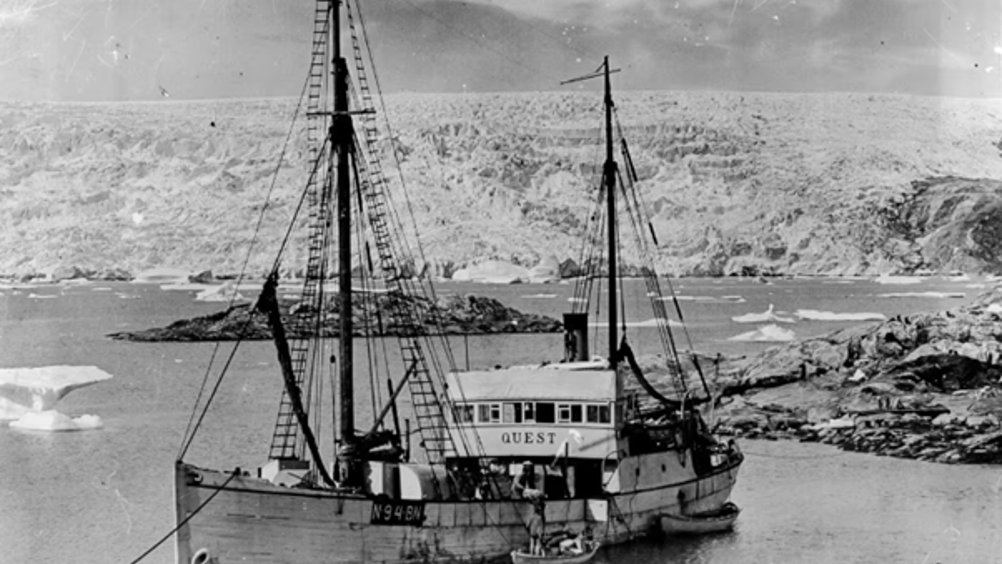Side-scan sonar aids discovery of Shackleton’s final ship
The wreck of Quest, the ship on which explorer Ernest Shackleton died in 1922, has been located off the coast of Newfoundland and Labrador.

Led by the Royal Canadian Geographical Society (RCGS), the Shackleton Quest Expedition assembled an international team of oceanographers, historians and divers from Canada, the United Kingdom, Norway and the United States. Before taking to the seas, the team researched historic logs and maps, cross referencing historical data with modern technology to determine where the ship may have been located based on currents, weather conditions and other factors.
Five days into the mission proper, the expedition located the remains of Quest using side-scan sonar equipment operated by experts from Memorial University’s Marine Institute, a leader in ocean research. Side-scan uses a sonar device that emits conical or fan-shaped pulses toward the seafloor across a wide angle perpendicular to the path of the sensor through the water. Quest was found 390m beneath the surface, in good condition.
“I can definitively confirm that we have found the wreck of the Quest,” said search director David Mearns.
Register now to continue reading
Thanks for visiting The Engineer. You’ve now reached your monthly limit of news stories. Register for free to unlock unlimited access to all of our news coverage, as well as premium content including opinion, in-depth features and special reports.
Benefits of registering
-
In-depth insights and coverage of key emerging trends
-
Unrestricted access to special reports throughout the year
-
Daily technology news delivered straight to your inbox










Water Sector Talent Exodus Could Cripple The Sector
Maybe if things are essential for the running of a country and we want to pay a fair price we should be running these utilities on a not for profit...